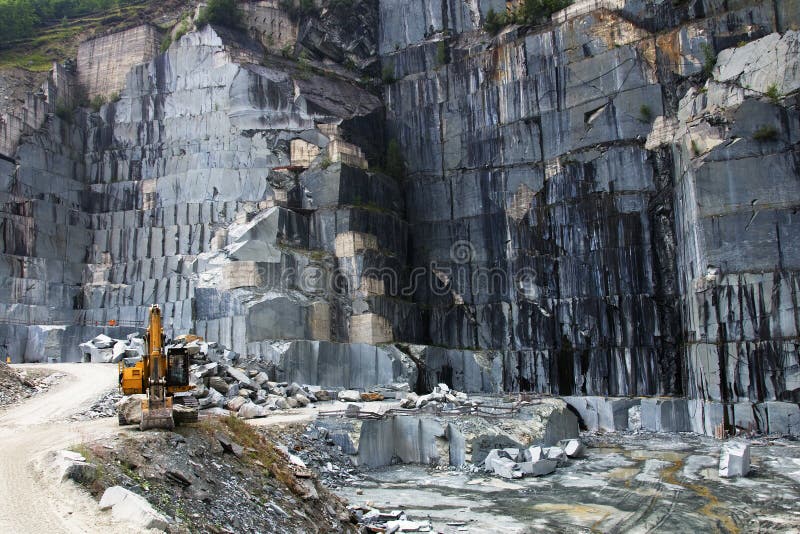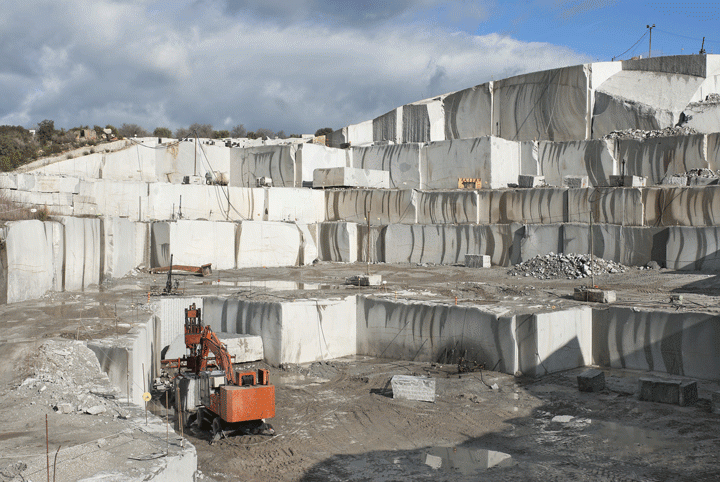Opening Natural Treasures: Granite Quarries in South Africa Introduced
Opening Natural Treasures: Granite Quarries in South Africa Introduced
Blog Article
Introducing the Mysteries of Granite Quarrying: Where Toughness and Beauty Meet
The globe of granite quarrying is a realm where the raw toughness of nature converges with human virtuosity to produce structures that stand the test of time with an air of style. From the depths of quarries to the meticulous polishing in workshops, the procedure of transforming granite into building marvels is an intricate dance of practice and innovation. As we peer into the depths of this old craft, we start to reveal the hidden complexities that shape the really significance of our developed atmosphere.
The Origins of Granite Quarrying
In the record of building history, the origins of granite quarrying are shrouded in a tapestry of old craftsmanship and geological wonders. Going back to old Egypt and Mesopotamia, the removal of granite from quarries noted the start of a journey that would eventually bring about the production of a few of the globe's most famous frameworks.
Granite quarrying's roots can be traced to the experienced artisans who identified the rock's longevity and visual allure. Through a combination of primitive tools and sheer resolution, these very early quarry employees uncovered granite blocks that would certainly become the structure blocks of human beings.
As civilizations evolved, so did the methods of quarrying granite. The Romans, renowned for their engineering prowess, created innovative approaches for removing granite to construct monuments, holy places, and roadways that stood the test of time.
The heritage of these old quarrying techniques remains to shape contemporary architecture, with granite staying a sign of stamina and sophistication in building and construction tasks around the world. (granite quarries in south africa)
Devices of the Quarrying Trade
The evolution of granite quarrying techniques from ancient people to modern-day times highlights the critical function played by the tools of the quarrying trade in shaping the industry's methods. In ancient times, quarrying devices were fundamental, usually including knives, hammers, and wedges made from materials like bronze or iron. These devices needed considerable manpower and time to essence granite obstructs from quarries.

Furthermore, the intro of pneumatic tools and high-powered machinery has actually substantially reduced the physical labor needed in quarrying operations, enhancing worker safety and performance. As the quarrying market remains to introduce, the devices of the trade stay at the forefront of driving development and forming the future of granite removal.
Extracting Blocks of Granite
Making use of accuracy machinery and progressed strategies, the extraction of granite obstructs from quarries has actually become an advanced procedure in the contemporary quarrying market. Regulated blasting strategies are then employed to damage apart the granite into manageable areas.

Sprucing Up and Ending Up Techniques
To attain a perfect surface area on granite blocks, experienced artisans utilize a series of meticulous sprucing up and completing techniques. After the preliminary removal and why not look here forming processes, the granite obstructs go through a thorough polishing phase to boost their natural charm and sturdiness.
Along with polishing, completing techniques are related to additional refine the granite's appearance. These techniques might include flaming, honing, or cleaning, each offering distinct structures and surfaces to match different aesthetic choices. Flaming, as an example, entails exposing the granite surface area to high temperatures to develop a rough, distinctive coating, suitable for exterior applications where slip-resistance is crucial. Refining, on the various other hand, offers a matte surface that is smooth to the touch, best for interior kitchen counters and flooring. By very carefully choosing and using these brightening and completing strategies, craftsmens can change raw granite blocks right into beautiful pieces that display both toughness and sophistication.

Ecological Influence and Sustainability
With the growing emphasis on ecological awareness in the sector, granite quarrying methods are progressively inspected for their effect on natural my sources resources and long-lasting browse around here sustainability. Quarrying for granite can have significant ecological effects. The removal procedure often involves making use of hefty machinery, dynamites, and huge quantities of water, causing environment damage, soil erosion, and water pollution. Additionally, the transportation of granite from quarries to refining facilities produces carbon emissions, further contributing to ecological deterioration. granite quarries in south africa.
To minimize these impacts and make certain sustainability in granite quarrying, sector stakeholders are embracing numerous steps. Executing sophisticated innovations to lower energy usage and water usage, reclaiming quarried land for eco-friendly remediation, and promoting responsible sourcing methods are some methods being used. Additionally, qualifications such as the Forest Stewardship Council (FSC) and the Leadership in Energy and Environmental Design (LEED) help consumers determine eco-friendly granite items.
Verdict
To conclude, granite quarrying is a procedure that needs specialized tools and techniques to extract blocks of granite and polish them to a high level of finish. While the environmental influence of quarrying can be significant, efforts are being made to improve sustainability methods in the industry. In general, granite quarrying is a delicate equilibrium between using the stamina and style of this all-natural rock while decreasing its effect on the atmosphere.
Report this page